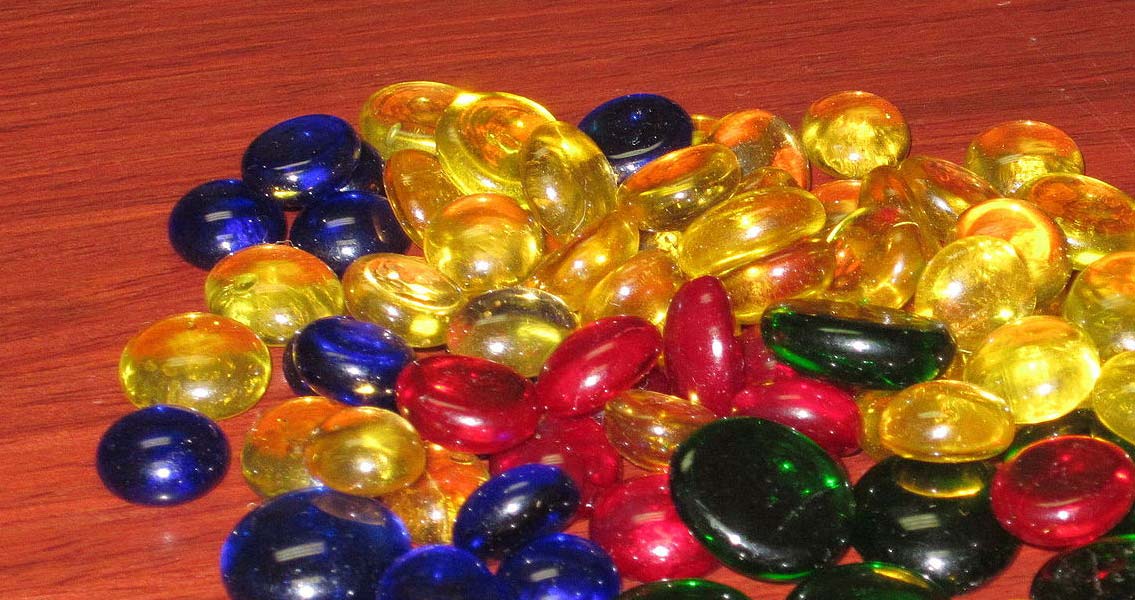<![CDATA[An international partnership, between the Mosesgaard Museum in Aarhus, The institute de Recherche sur les Archeomateiaux (IRAMAT) at Orleans, France, and the National Museum of Denmark in Copenhagen, has made an extraordinary discovery about trade routes between Denmark, the ancient Egyptians and the Mesopotamians during the Bronze Age, roughly 3,400 years ago. The new findings reveal a great deal about the extent of international trade in the ancient world, and provide new information on the sun cult of the Nordic Bronze Age, according to Archaeolgy.org Analysis performed by Archaeologists Jeanette Varberg from Moesgaard Museum, Flemming Kaul from the National Museum, and Bernard Gratuze, the director of IRAAT, showed that the glass beads found on a woman buried in a grave in Denmark originated from workshops in Egypt. These were the same workshops that supplied the glass Egyptian Pharaoh Tutankhamun was buried with in 1232 BC. The method used to analyse these beads involved plasma-spectrometry, which allowed researchers and archaeologists to study the beads without damaging them. The researchers compared the chemical composition of certain elements found in the beads with the materials used in places like Amarna in Egypt and Nippur in Mesopotamia. Based on the comparisons, the team found that the two sets of trace elements tested were a complete match. Researchers examined a wealthy Bronze Age woman's grave found about 40 kilometres south of Copenhagen. According to archaeology.org, the woman had been buried in a spendthrift fashion, lying in a "hollowed-out oak trunk and wearing a beautiful belt disc, a smart string skirt with tinkling, shining small bronze tubes, and an overarm bracelet made of amber beads and a single blue glass bead". The glass bead discovered in the grave was found to be Egyptian. This is extremely significant, as it is the first time Egyptian cobalt glass has been found outside of the Mediterranean area. Historians and archaeologists have long known that amber was exported from Norway around 3,400 years ago, because King Tut and other Egyptian emperors had sizeable Norwegian amber necklaces in boxes in their coffins. Now, the Norwegian amber in Egypt and the Egyptian glass found in the woman's grave in Denmark are being associated in a way never thought of before. Both the Egyptians and Nordics are known to have been followers of sun cults. The glass and amber beads both share the unique quality that sunlight penetrates through them. Because of this, archaeologists believe that there was a link between the ancient Egyptian and Nordic sun cults. Ancient Danish women are known to have taken pieces of jewellery made of amber and blue glass with them to the grave. According to archeologists, this was to ensure they were re-united with the sun after death, and would share its fate on an eternal journey. It seems that the outdated amber route to the Mediterranean countries had a partner in the Nordic-Egyptian glass route. Researchers are now undertaking the task of finding out whether or not this route continued beyond the Bronze Age.]]>
Glass Beads in Danish Grave Dating Back to the Bronze Age Found to Be From Egypt
